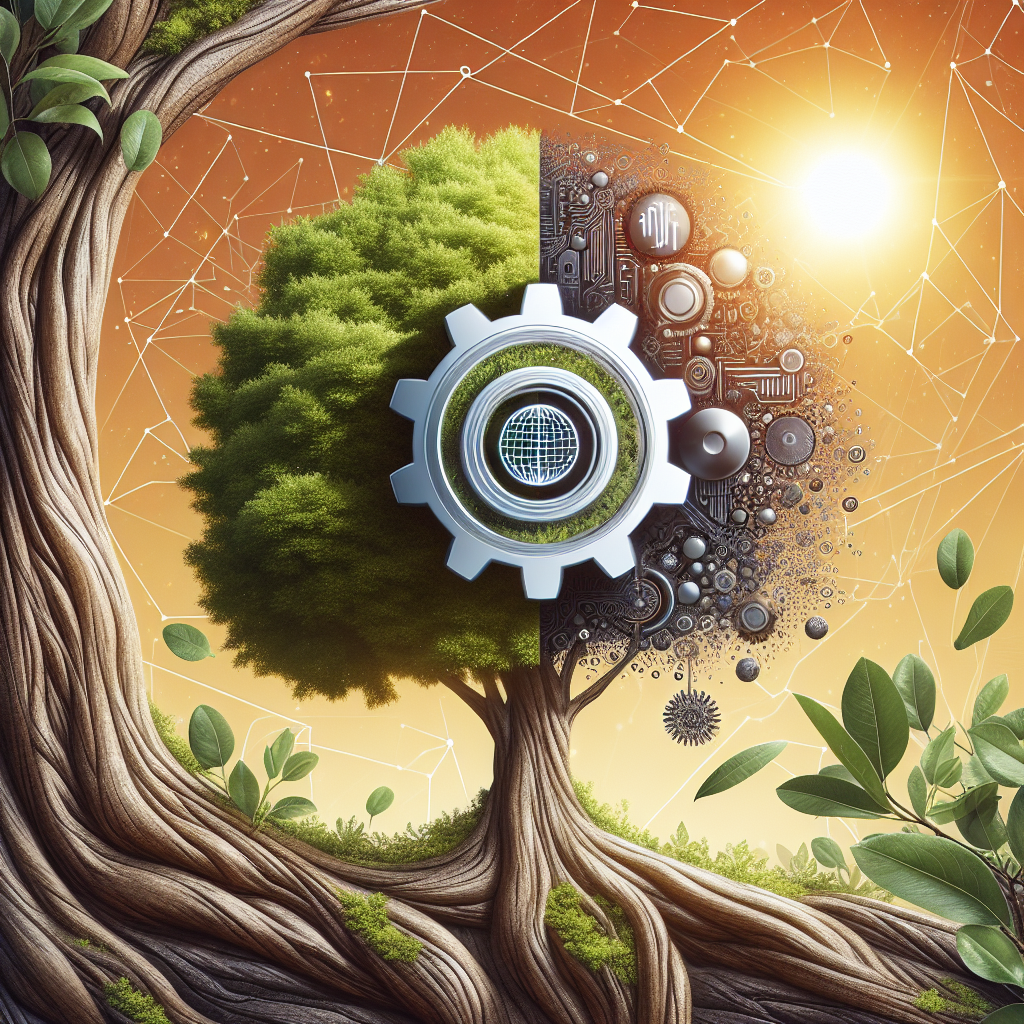The Intersection of AI and Biophilic Design
In recent years, the fields of artificial intelligence (AI) and biophilic design have seen a significant intersection, as researchers and designers explore how technology can help enhance our connection to nature and improve our well-being. AI, with its ability to analyze vast amounts of data and make predictions based on patterns, has the potential to revolutionize the way we design and interact with our built environment. Biophilic design, on the other hand, is a concept that seeks to incorporate natural elements into our living and working spaces to improve our health and well-being.
By combining the principles of AI and biophilic design, researchers and designers are finding innovative ways to create spaces that not only look beautiful but also promote health and well-being. From smart buildings that adjust lighting and temperature based on occupants’ preferences to virtual reality simulations that allow us to experience nature in a digital environment, the possibilities are endless.
One of the key areas where AI and biophilic design intersect is in the development of smart buildings. These buildings are equipped with sensors that collect data on factors such as temperature, humidity, and air quality, which can then be analyzed by AI algorithms to optimize the indoor environment for occupants. For example, AI can adjust lighting levels and temperature settings based on occupants’ preferences and behavior patterns, creating a more comfortable and productive work or living space.
Another area where AI and biophilic design are coming together is in the development of virtual reality (VR) simulations that allow users to experience nature in a digital environment. These simulations can be used to create virtual green spaces within urban environments, providing a much-needed respite from the hustle and bustle of city life. By immersing users in a natural environment, VR simulations can help reduce stress and improve mental well-being.
Furthermore, AI can be used to analyze data on the impact of biophilic design elements on occupants’ health and well-being. By collecting data on factors such as heart rate, blood pressure, and stress levels, researchers can gain insights into how natural elements in the built environment affect our health. This data can then be used to refine biophilic design principles and create spaces that promote well-being.
FAQs
Q: How can AI enhance biophilic design in buildings?
A: AI can enhance biophilic design in buildings by analyzing data on factors such as temperature, humidity, and air quality to optimize the indoor environment for occupants. By adjusting lighting levels and temperature settings based on occupants’ preferences and behavior patterns, AI can create a more comfortable and productive work or living space.
Q: How can VR simulations be used to promote biophilic design?
A: VR simulations can be used to create virtual green spaces within urban environments, providing a much-needed respite from the hustle and bustle of city life. By immersing users in a natural environment, VR simulations can help reduce stress and improve mental well-being.
Q: How can AI and biophilic design work together to promote health and well-being?
A: AI can be used to analyze data on the impact of biophilic design elements on occupants’ health and well-being. By collecting data on factors such as heart rate, blood pressure, and stress levels, researchers can gain insights into how natural elements in the built environment affect our health. This data can then be used to refine biophilic design principles and create spaces that promote well-being.
In conclusion, the intersection of AI and biophilic design has the potential to revolutionize the way we design and interact with our built environment. By harnessing the power of AI to analyze data and optimize indoor environments, and incorporating natural elements into our living and working spaces, we can create spaces that not only look beautiful but also promote health and well-being. As researchers and designers continue to explore the possibilities of this intersection, we can look forward to a future where our built environments support our health and well-being in new and innovative ways.

